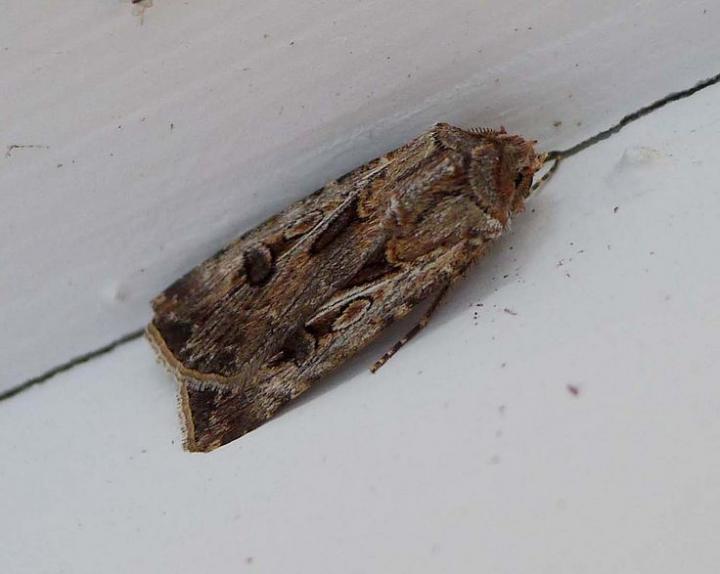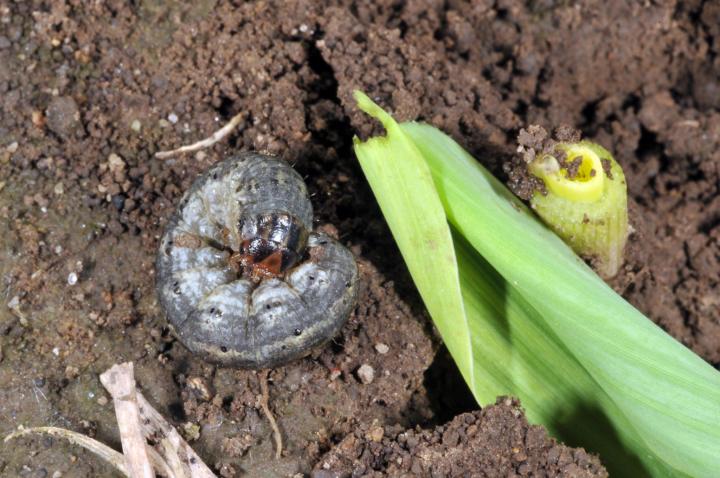
Black cutworms can wreak havoc on your garden, so learn these tips for identification and control.
How to Protect Seedlings from Cutworms in the Garden
ADVERTISEMENT
Hi, I am trying my best to grow broccoli and hitting snags all the time, with cabbage worms, aphids, and just heat and other stuff. Recently i had a plant perfectly healthy that was standing fine and then the next day i come out it is laying on the ground. I looked at the stem and it was still connected but the bottom right in the soild was almost as thin as the roots of the plant so it can't support the weight. I'm 99% certain it is a cutworm problem as had a second plant with the same issue this morning. The only thing i'm struggling with is finding the cutworms and understanding why they didn't cut the plant stem clean off as in the photos shown typically for cutworms. Or do i have a completely different problem?
Unless you see visible chew marks, these symptoms sound more like a fungal issue called “damping off.” It’s a common problem with young seedlings! Check out this helpful guide by University of Minnesota Extension: https://extension.umn.edu/solve-problem/how-prevent-seedling-damping
I've been looking online for a comprehensive list of what plants cutworms attack and I can't believe I can't find one. I've put collars on my peppers and tomatoes for years but I was wondering specifically about cucumbers -- I guess no problem because I sure can't find a page that mentions it.
Can I seed my pole beans in toilet rolls and then plant the whole thing in the garden...cause the cutworms chop the prime leaves off as soon as the bean sprouts...no time for covering with anything!
You can certainly start the beans in toilet paper tubes, but you’ll want to remove them when you plant in the garden, as the tubes will restrict the roots. However, you can still keep the tubes above ground to discourage cutworms!











Comments